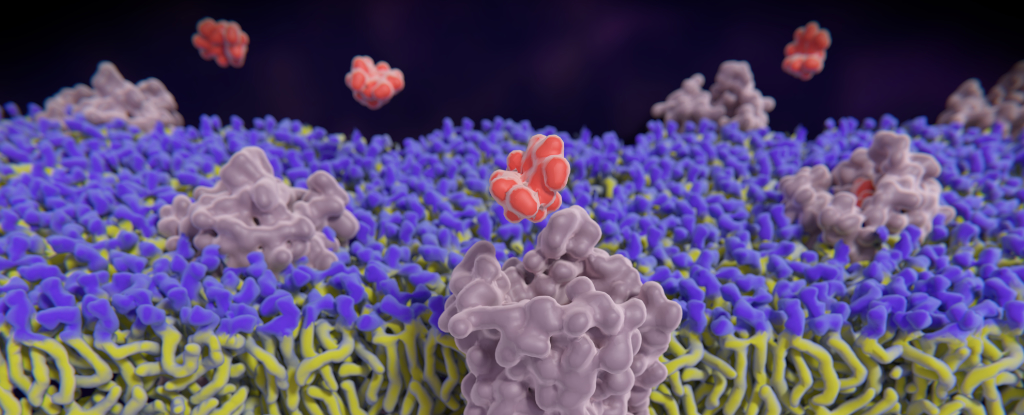Researchers at the University of California Davis have developed an innovative method to observe opioids’ interactions with the brain’s opioid receptors in real time. This technique, detailed in a recent publication in Nature Neuroscience, utilizes biosensors that fluoresce when activated. These biosensors, engineered to respond to the opioid receptors kappa, delta, and mu, illuminate the nuances of drug-receptor interaction within the living brain tissue of mice.
Traditionally, the complexity of the brain’s opioid system has posed significant challenges to scientists. This system not only includes natural peptides like endorphins, which the body releases in response to pain or pleasure but also synthetic opioids, which are much more numerous and vary greatly in their effects. One of the hurdles in studying these interactions has been the minute concentrations at which these natural opioids are released, making them difficult to track with conventional methods.
The innovative approach used by the UC Davis team involves three distinct biosensors that correspond to the three main opioid receptors. These sensors light up upon activation by an opioid and gradually dim as the receptor deactivates. This dynamic response provides a visual map of how opioids interact with receptors over time. The fluorescent intensity varies with the dose and is reduced by the presence of opioid blockers like naloxone, which can bind to receptors without activating them.
This method has allowed researchers to visualize how different drugs and neuropeptides activate each type of receptor in the hippocampus, a critical area of the brain involved in memory and emotional responses. The implications of this research extend beyond basic science. By enhancing our understanding of how opioids work at a molecular level, it could guide the development of new treatments for pain management that are less prone to causing addiction. Additionally, it may aid in creating therapies for mental health conditions such as anxiety and depression, offering a new perspective on how to manipulate the opioid system for therapeutic benefits.
To delve deeper into the specifics of this study, you can access the full text of the publication at Science Alert.
